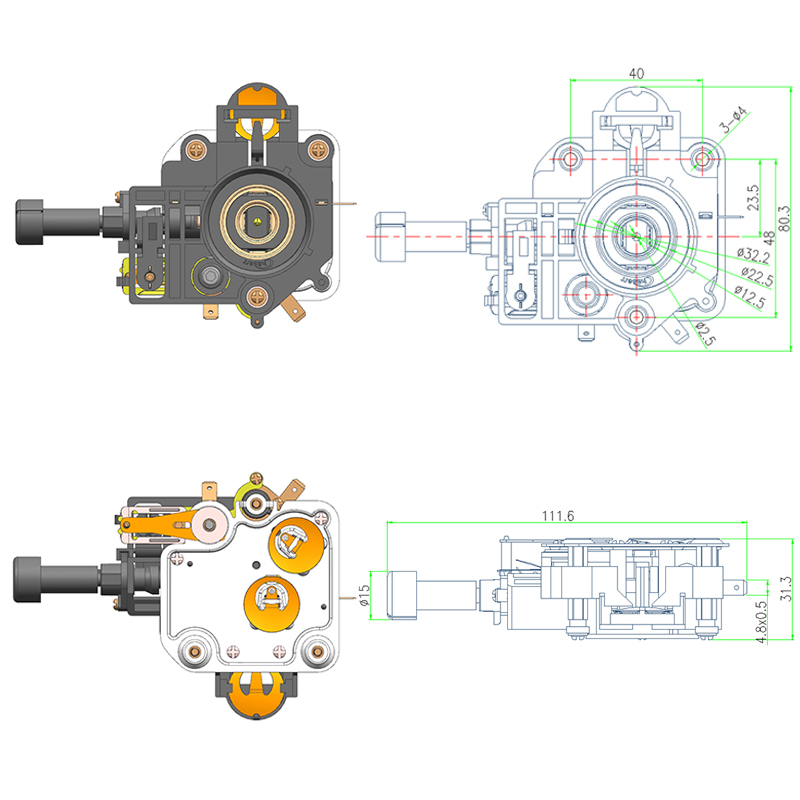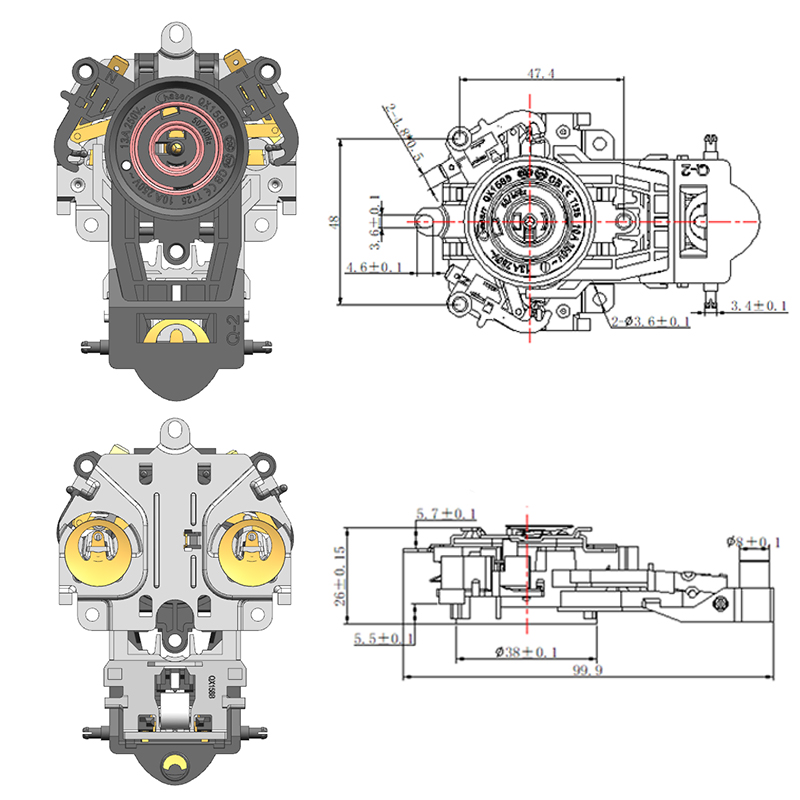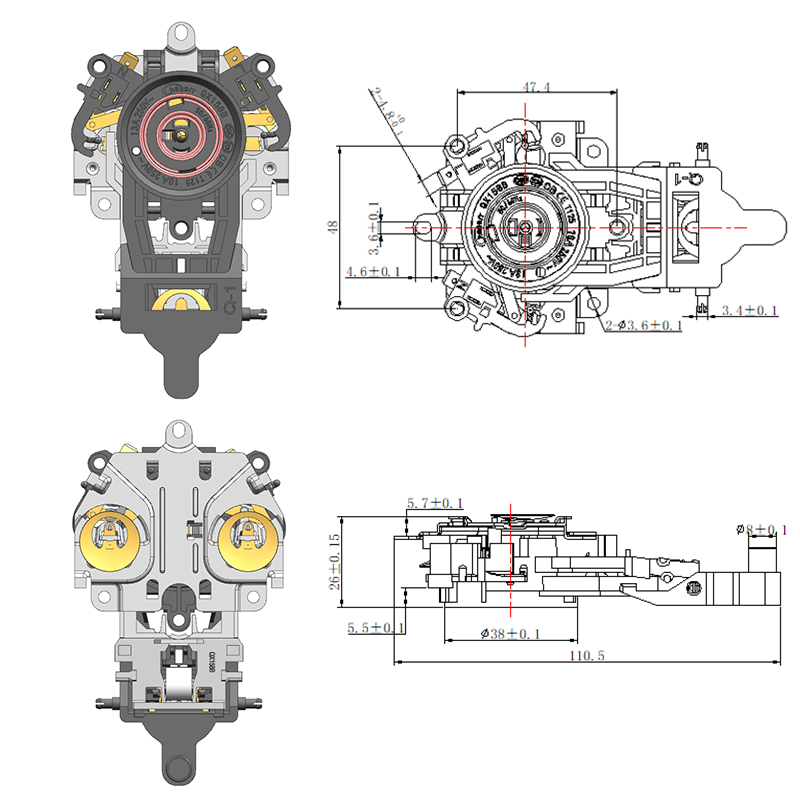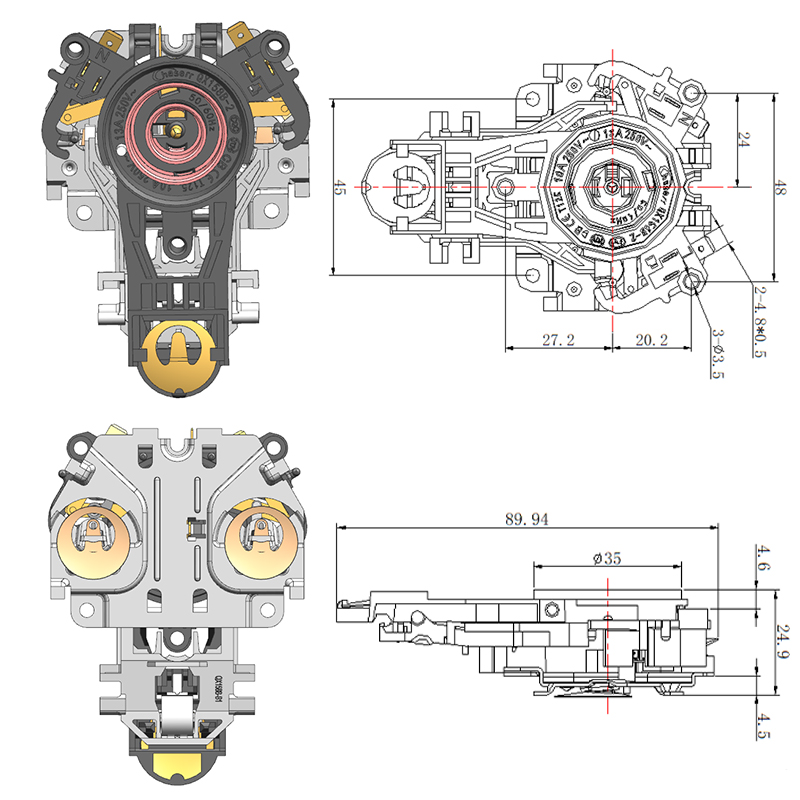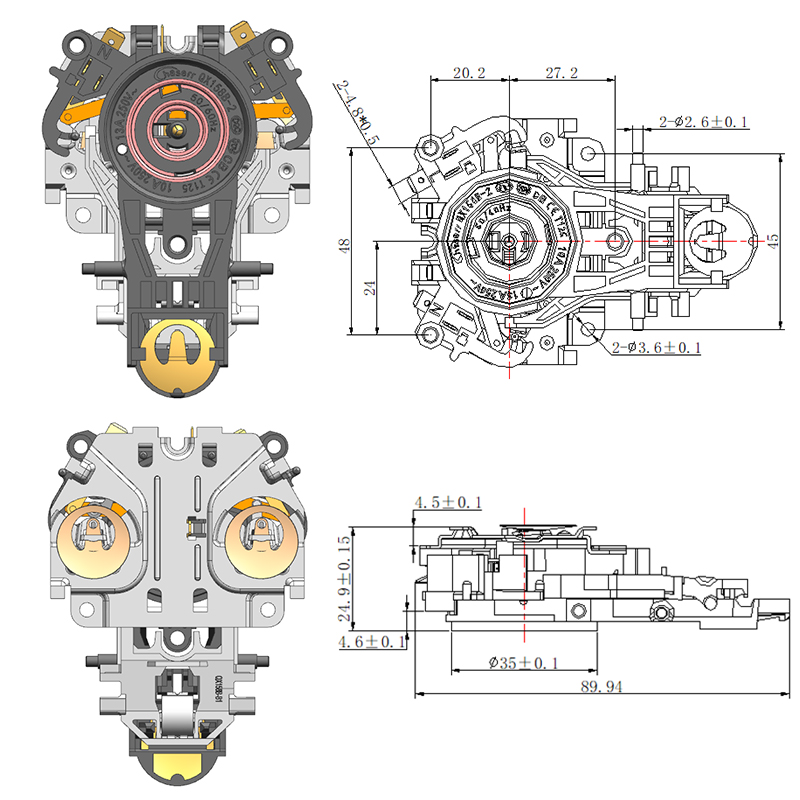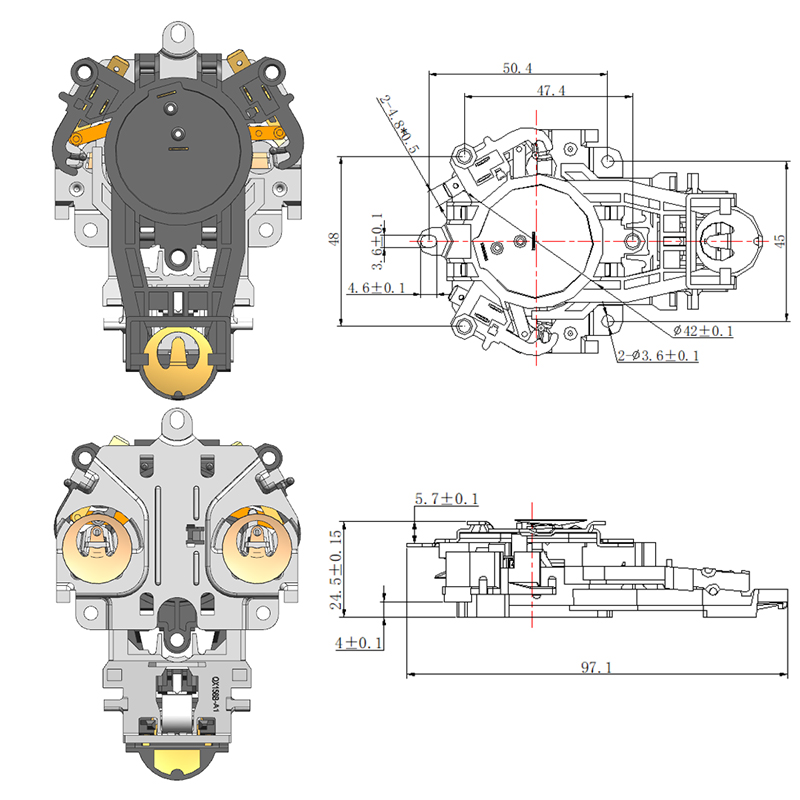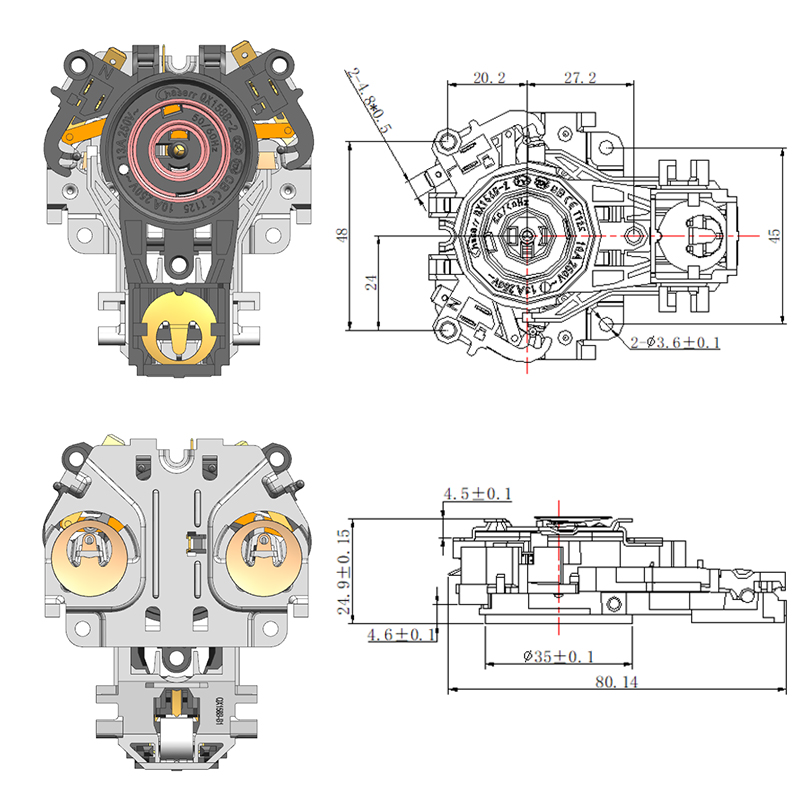The Mechanical Operation Behind an Efficient and Reliable Water Kettle Switch System
Core Components of the Switch System
At the heart of many reliable kettle switches is the bimetal temperature control switch. This device uses two different metals bonded together, each with a distinct rate of thermal expansion. When heated, the metals bend due to their different expansions, creating a mechanical movement that can open or close an electrical circuit. This movement is precise, repeatable, and does not require any electronic sensors, making it ideal for household kettles.
The water kettle switch mechanism often integrates this bimetal component with a spring-loaded system and a contact set. When the water heats up, the bimetal strip bends until it triggers the switch to break the electrical circuit. This interrupts the current flowing to the heating element, effectively turning off the kettle. Once the kettle cools down, the bimetal strip returns to its original shape, resetting the switch and preparing it for the next use.
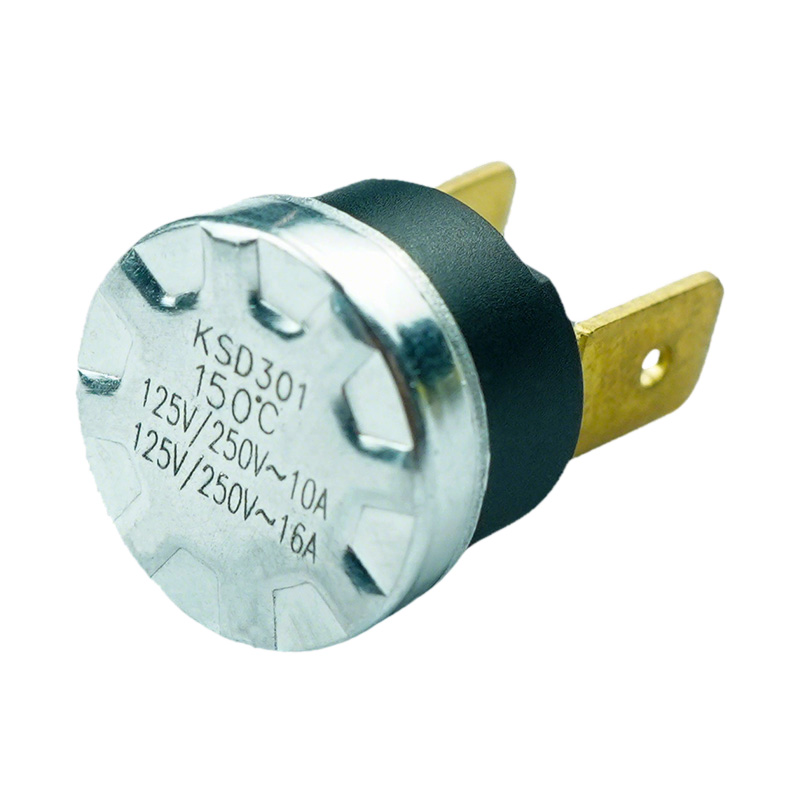
Working Principle of the Bimetal Temperature Control Switch
The bimetal temperature control switch operates based on temperature-induced mechanical deformation. The two metals used usually have differing coefficients of thermal expansion, such as steel and copper. When the kettle's heating element warms the bimetal strip, the metal with the higher expansion rate lengthens more than the other. This differential expansion causes the strip to bend predictably.
The bending motion is harnessed to push or release a lever connected to an electrical contact. When the strip bends enough, it moves the contacts apart, breaking the circuit and stopping the current flow. This mechanical action prevents overheating and protects the kettle from damage or potential hazards. This simple yet effective method ensures that the kettle switches off automatically once the boiling point or preset temperature is reached.
Design Considerations for Efficiency and Reliability
Designing a water kettle switch system requires balancing responsiveness, durability, and safety. The bimetal temperature control switch must react swiftly to temperature changes without false triggering. To achieve this, the bimetal strip is carefully calibrated and positioned close to the heating element or its thermal environment.
Durability is another key factor. The mechanical parts, including the switch contacts and springs, must endure repeated cycles of heating and cooling without degradation. High-quality materials and precision manufacturing contribute to the long life and consistent performance of the switch.
Furthermore, safety mechanisms are often built into the switch system to provide a fail-safe operation. For example, some kettles use an additional thermal fuse or secondary switch to prevent overheating in case the main switch fails.
Advantages of Mechanical Temperature Switches in Kettles
Mechanical temperature control switches offer several advantages over purely electronic alternatives. They are simpler, less expensive to produce, and more resistant to electrical noise and interference. Their operation does not rely on external power or complex electronics, making them inherently reliable for household use.
Moreover, the mechanical nature of these switches allows for a tactile clicking feedback when the kettle switches off, providing users with an audible signal that the water has boiled. This user-friendly aspect is valued in many designs.
Conclusion
The water kettle switch system, particularly those utilizing a bimetal temperature control switch, exemplifies how mechanical engineering principles enable efficient and safe appliance operation. Through the precise bending of two bonded metals, this switch system automatically controls the heating process, ensuring water is boiled safely and energy is not wasted. Its reliability and simplicity make it a preferred choice in many electric kettles worldwide, demonstrating how thoughtful mechanical design continues to serve everyday technology effectively.

 English
English  中文简体
中文简体  Español
Español 
